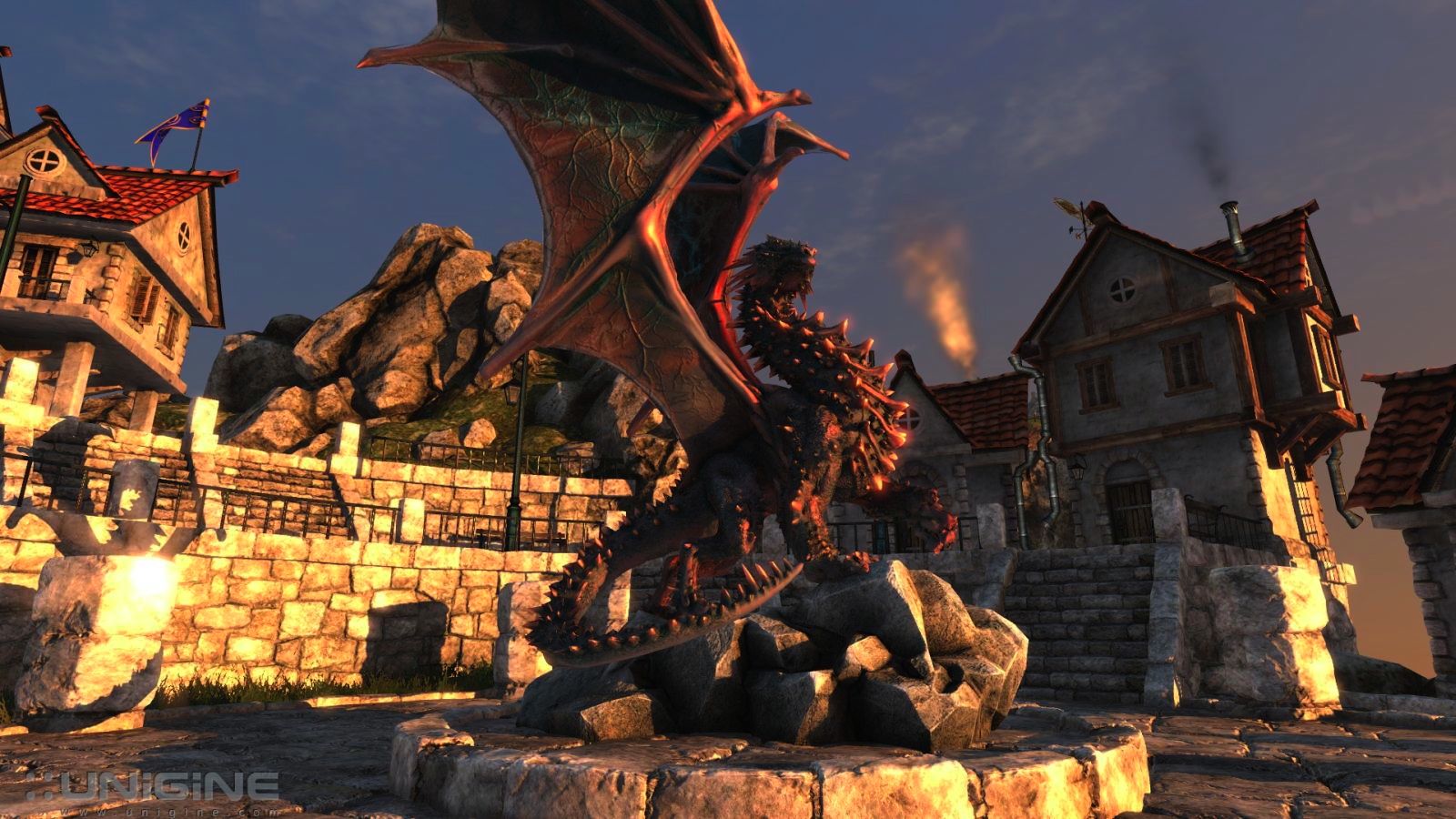Intel Haswell: low power or high-performance?
'If we wanted to do six times the graphics performance we could do that now.'

Intel has been talking up next year's new processor graphics architecture in the 4th Generation Core, code-named Haswell. That's been the most interesting thing to come out of the first day of this year's IDF, especially after the otherwise underwhelming inaugural keynote.
As the successor to the Ivy Bridge platform you kinda know what to expect; faster, more power efficient, the usual. While we don't really expect any real ground-breaking improvements in CPU performance, and we're assured there'll be no extra cores to play with, what is impressing us so far is the graphics performance.
In the first Keynote Dadi Perlmutter, Intel big-wig, showed us a demo of an Ivy Bridge Ultrabook up against an open Haswell system of the same relative standing.
The graphics performance in Unigine's Heaven benchmark was impressive against the current gen graphics, shifting around at twice the speed.
No extra power needed
That means it's running the benchmark at an incredibly smooth frame rate, while it's also running within the same power envelope as the Ivy Bridge machine. So you're not going to need any extra juice in your laptop to make with the graphical gaming goodness.
Perlmutter showed a second video, demonstrating how the Haswell architecture performs when the power levels are dropped to around 10W. At those levels you're getting the same sort of graphical performance, maybe even slightly better, as an Ivy Bridge machine running at nearly twice that Wattage.
While low power stuff is great, we love the fact that gaming performance is already looking so good ¨C and this is all before the Intel developer relations guys start helping the gaming crowd optimise their engines for Haswell.
Sign up to the TechRadar Pro newsletter to get all the top news, opinion, features and guidance your business needs to succeed!
At these levels the low-end discrete graphics cards have got to be looking over their shoulder. I spoke with Tom Piazza, Intel Senior Fellow and graphics guru, and asked whether this shows Intel chasing down the mid-range discrete graphics cards.
"If we wanted to do six times the graphics performance we could do that now," he said. But he explained that's not the real point behind the efforts Intel has been making in power efficiency.
Being able to double the performance of its previous CPU graphics is still pretty impressive and being able to do that at the same power levels doubly so.
So we're not looking at Intel chasing down the discrete graphics crowd, the high-end and mid-range will remain the domain of the discrete desktop card. "People still build Maseratis and Ferraris, because some people demand that sort of power."
But in the gaming laptop market we could see Intel making some serious in-roads into that area, still scaring those discrete graphics guys.
The GT3E, the top-end Haswell graphics SKU, could result in all-Intel gaming laptops sticking it to the new generation of consoles as well as the other, discrete card-touting laptops next year.